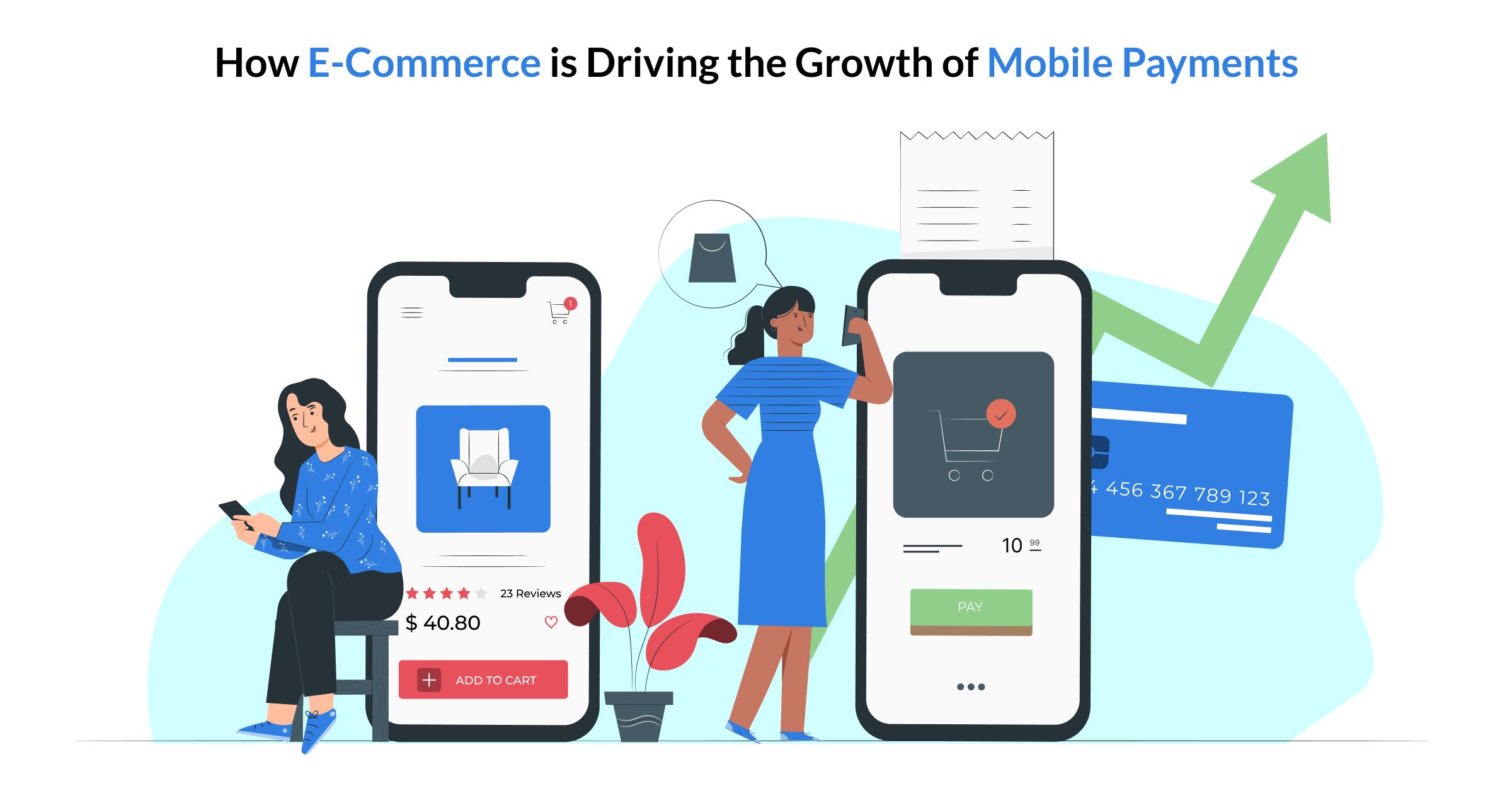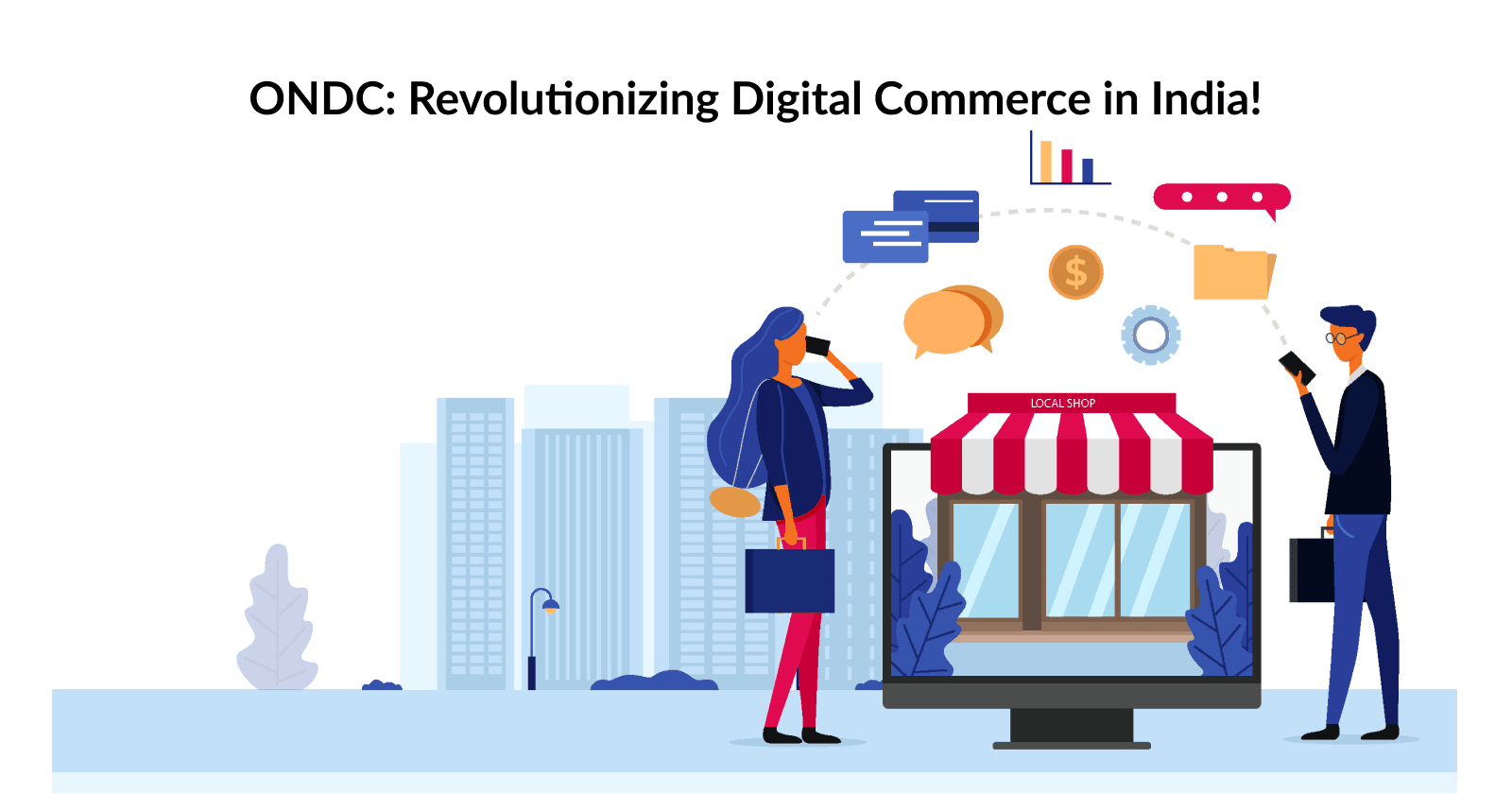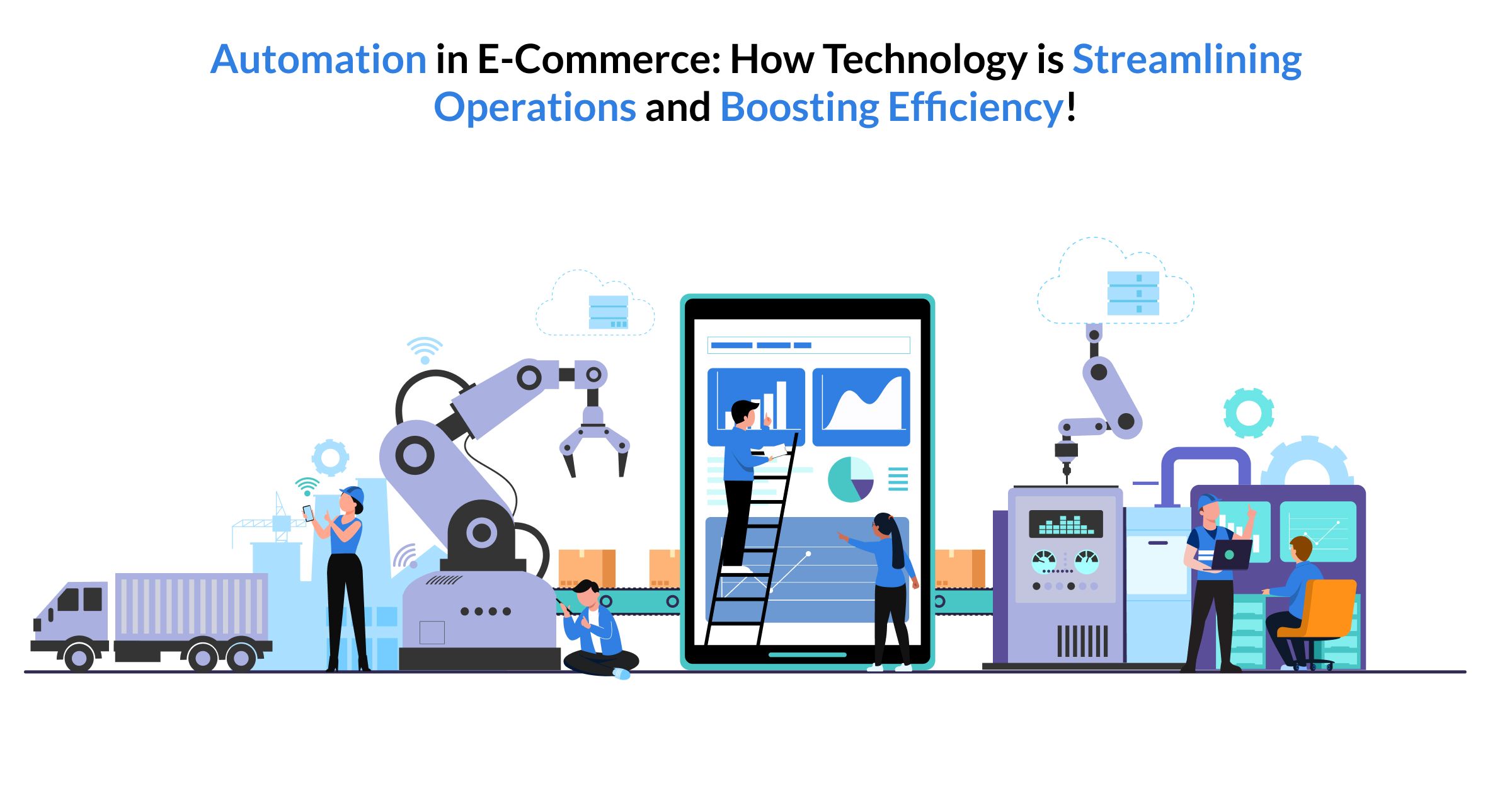Introduction
Virtual and augmented reality (VR/AR) technologies have revolutionized the way we interact with digital content. Initially developed for gaming and entertainment, VR and AR have expanded into many other industries, including e-commerce.
Virtual and augmented reality (VR/AR) technologies have revolutionized the way we interact with digital content. Initially developed for gaming and entertainment, VR and AR have expanded into many other industries, including e-commerce. These technologies allow shoppers to experience products in a completely new way, making the buying process more immersive, engaging, and personalized.
In this blog post, we will discuss the impact of VR/AR on the e-commerce industry. We will explore the benefits of these technologies for online retailers, how they can be integrated into e-commerce platforms, and what the future of VR/AR in e-commerce looks like.
Benefits of VR/AR for E-Commerce
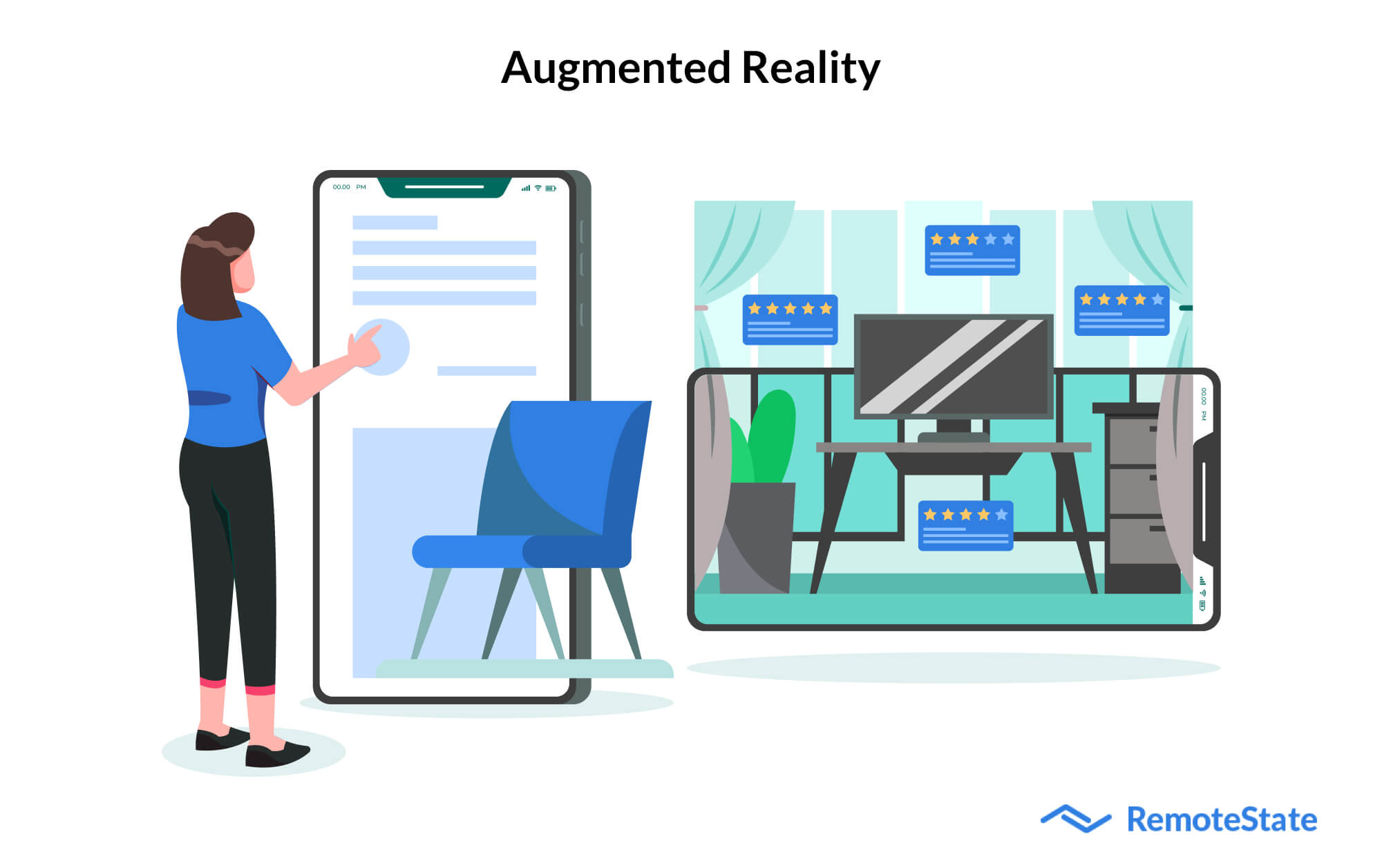
Enhanced Product Visualization
One of the biggest benefits of VR/AR for e-commerce is enhanced product visualization. Traditionally, online shoppers have had to rely on static product images and descriptions to make purchasing decisions. With VR/AR, shoppers can now visualize products in 3D, providing a much more immersive and interactive shopping experience.
For example, if you are looking to purchase a sofa, you can use an AR app to see how the sofa would look in your living room. This allows you to get a better sense of the size, color, and overall design of the sofa before making a purchase.
Increased Engagement
VR/AR also increases engagement between shoppers and products. By allowing customers to interact with products in a more meaningful way, they are more likely to engage with the product and spend more time exploring it. This increased engagement can lead to a higher likelihood of making a purchase.
Improved Personalization
Another benefit of VR/AR for e-commerce is improved personalization. These technologies allow retailers to create more personalized shopping experiences for customers. By analyzing customer behavior and preferences, retailers can offer targeted product recommendations and customized product configurations.
For example, a clothing retailer could use VR technology to create personalized virtual fitting rooms that simulate the experience of trying on clothes in a physical store. This can help customers make more informed purchasing decisions and reduce the likelihood of returns.
Cost Savings
VR/AR can also help online retailers save money. Traditionally, retailers would need to invest in physical showrooms to showcase their products. With VR/AR, retailers can create virtual showrooms that offer the same level of product visualization and interactivity without the need for a physical location. This can save retailers money on rent, utilities, and other operational expenses.
Competitive Advantage
Finally, VR/AR can provide online retailers with a competitive advantage. By offering a more immersive and engaging shopping experience, retailers can differentiate themselves from competitors and attract new customers. Additionally, as VR/AR becomes more widely adopted, retailers who are early adopters of these technologies will have a first-mover advantage over competitors who are slow to adopt.
Integration of VR/AR into E-Commerce Platforms
Integrating VR/AR into e-commerce platforms requires a significant investment in technology and infrastructure. Here are some of the key considerations when integrating these technologies into an e-commerce platform:
Hardware and Software Requirements
VR/AR requires specific hardware and software to function properly. For example, to use VR, customers typically need a headset and a high-performance computer. For AR, customers need a compatible smartphone or tablet. E-commerce retailers need to ensure that their platforms are compatible with the necessary hardware and software.
3D Modeling
To create 3D models of products for use in VR/AR, retailers need to invest in 3D modeling software and expertise. This can be expensive and time-consuming but is necessary to create a high-quality shopping experience.
Platform Integration
VR/AR technology needs to be integrated into e-commerce platforms to provide a seamless shopping experience. This requires coordination between the retailer's development team and the VR/AR development team to ensure that the technology is properly integrated and functioning.
User Experience Design
User experience design is critical when integrating VR/AR into e-commerce platforms. The design needs to be intuitive and easy to use, providing customers with a seamless and engaging shopping experience. Retailers need to invest in user experience design to ensure that customers can easily navigate the platform and interact with products in a meaningful way.
Future of VR/AR in E-Commerce
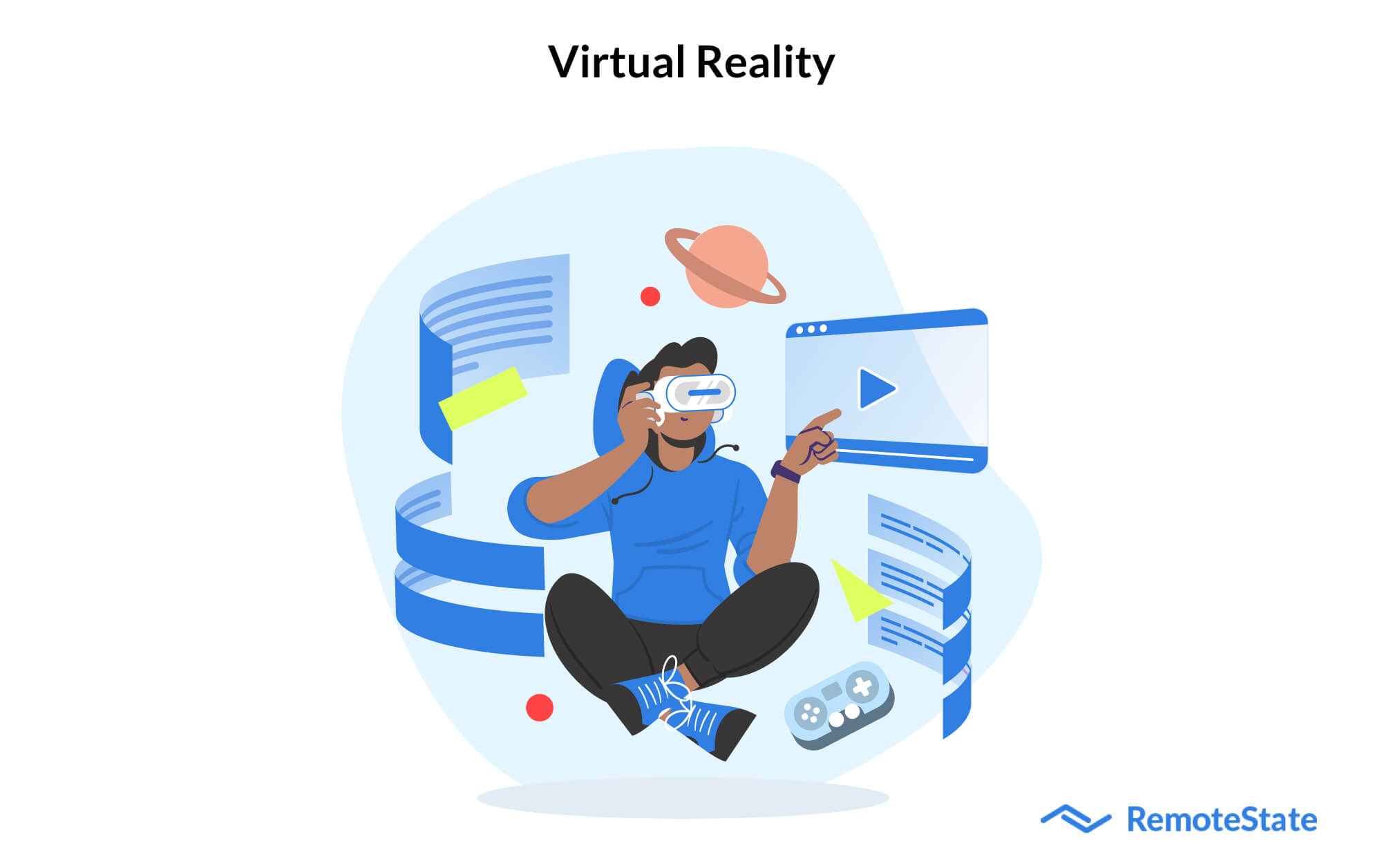
The future of VR/AR in e-commerce is promising. As technology continues to improve, VR/AR will become more accessible and affordable, allowing more retailers to integrate these technologies into their e-commerce platforms. Here are some of how VR/AR is likely to impact e-commerce in the future:
Increased Adoption
As VR/AR technology becomes more widely adopted, it will become more affordable and accessible to retailers. This will make it easier for smaller retailers to integrate these technologies into their e-commerce platforms, increasing competition in the market.
Improved Technology
As VR/AR technology continues to improve, the shopping experience will become even more immersive and engaging. For example, haptic technology could be integrated into VR/AR to provide customers with a tactile experience when interacting with products. This could include the ability to touch and feel the texture of a fabric or the weight of a product.
New Revenue Streams
VR/AR could create new revenue streams for e-commerce retailers. For example, retailers could charge for access to virtual showrooms or offer personalized VR/AR shopping experiences for a fee. This could create additional revenue streams and help retailers differentiate themselves from competitors.
Virtual Try-On
Virtual try-on technology is already being used in the beauty industry, allowing customers to try on makeup and skincare products virtually. This technology could be expanded to other industries, such as clothing and accessories, allowing customers to try on products virtually before making a purchase.
Social Shopping
VR/AR could also lead to the development of social shopping experiences. Customers could use VR/AR to shop with friends and family in a virtual environment, creating a social and interactive shopping experience.
Conclusion
The impact of VR/AR on the e-commerce industry is significant. These technologies offer enhanced product visualization, increased engagement, improved personalization, cost savings, and competitive advantage. Integrating VR/AR into e-commerce platforms requires a significant investment in technology and infrastructure, but can provide significant benefits to retailers.
As technology continues to improve, the future of VR/AR in e-commerce is promising, with increased adoption, improved technology, new revenue streams, virtual try-on, and social shopping experiences all on the horizon.
How Remotestate can help?
As a software development company, Remotestate has the expertise to help retailers integrate VR/AR technology into their e-commerce platforms. With a team of experienced developers and designers, Remotestate can provide end-to-end VR/AR development solutions, from concept to deployment.
Remotestate can help retailers by:
Developing VR/AR applications
Remotestate can develop VR/AR applications that provide customers with an immersive shopping experience. These applications can include virtual try-on, 3D product visualization, and interactive product demonstrations.
Integrating VR/AR into e-commerce platforms
Remotestate can integrate VR/AR technology into retailers' e-commerce platforms, ensuring a seamless and intuitive user experience.
Developing 3D models
Remotestate can develop 3D models of products, environments, and objects to be used in VR/AR applications.
Providing user experience design
Remotestate can provide user experience design services to ensure that the VR/AR applications are intuitive, easy to use, and visually appealing.
Providing maintenance and support
Remotestate can provide ongoing maintenance and support for VR/AR applications, ensuring that they are functioning properly and meeting the needs of the retailer and its customers.
By partnering with Remotestate, retailers can leverage the expertise of experienced developers and designers to enhance their e-commerce platform with VR/AR technology. This can lead to increased customer engagement, improved personalization, and a competitive advantage in the e-commerce industry.
FAQs
What is virtual reality in e-commerce?
Virtual reality in e-commerce is a technology that allows shoppers to visualize products in 3D, providing a much more immersive and interactive shopping experience. For example, a clothing retailer could use VR technology to create personalized virtual fitting rooms that simulate the experience of trying on clothes in a physical store.
What is augmented reality in e-commerce?
Augmented reality in e-commerce is a technology that allows shoppers to overlay digital content onto the physical world. For example, if you are looking to purchase a sofa, you can use an AR app to see how the sofa would look in your living room.
What are the benefits of VR/AR for e-commerce?
The benefits of VR/AR for e-commerce include enhanced product visualization, increased engagement, improved personalization, cost savings, and competitive advantage.
What are the challenges of integrating VR/AR into e-commerce platforms?
The challenges of integrating VR/AR into e-commerce platforms include hardware and software requirements, 3D modeling, platform integration, and user experience design.
What is the future of VR/AR in e-commerce?
The future of VR/AR in e-commerce is promising, with increased adoption, improved technology, new revenue streams, virtual try-on, and social shopping experiences all on the horizon. As technology continues to improve, the shopping experience will become even more immersive and engaging, creating new opportunities for retailers to differentiate themselves from competitors.
Publication Date
2023-03-10
Category
E-Commerce
Author Name
Rahul Agrawal
